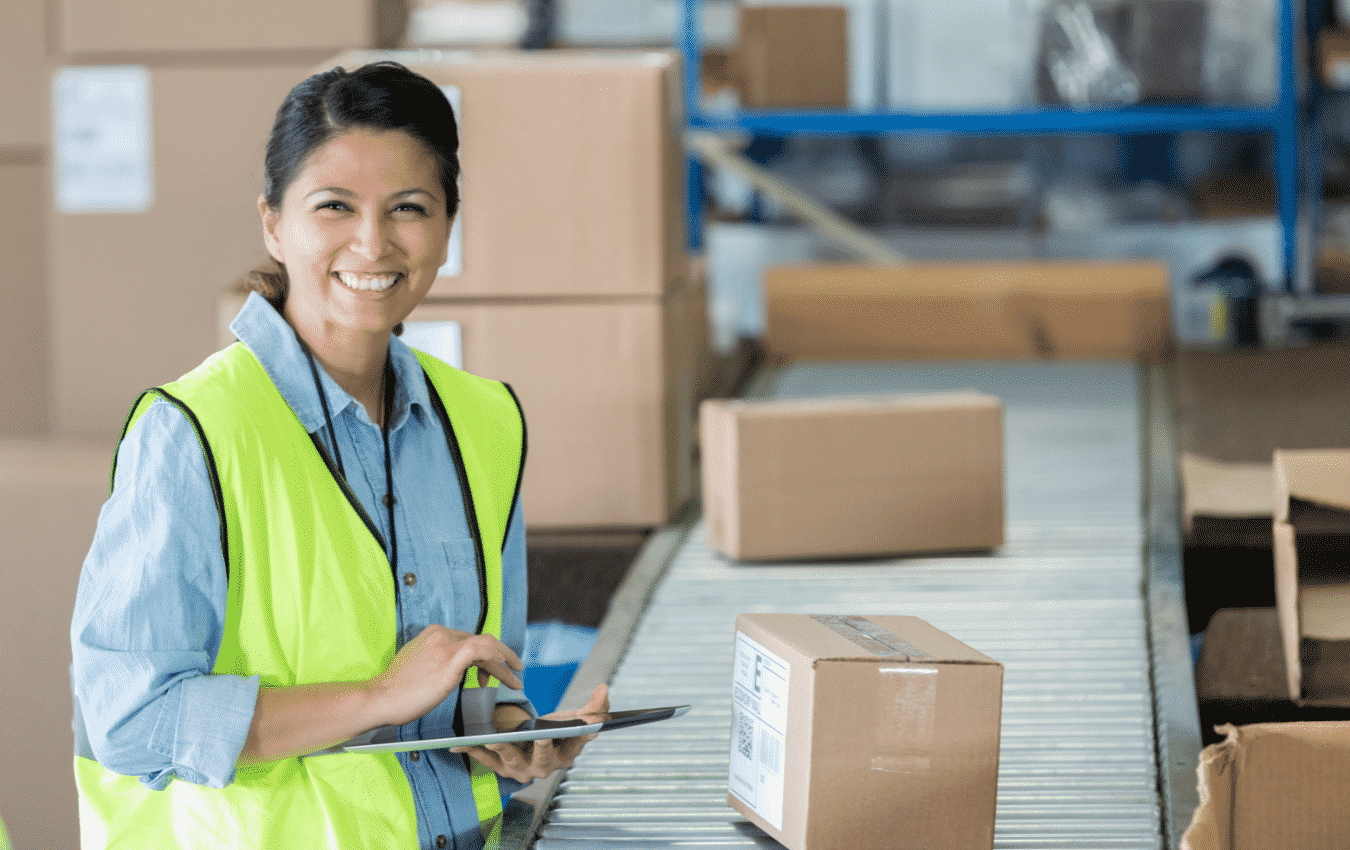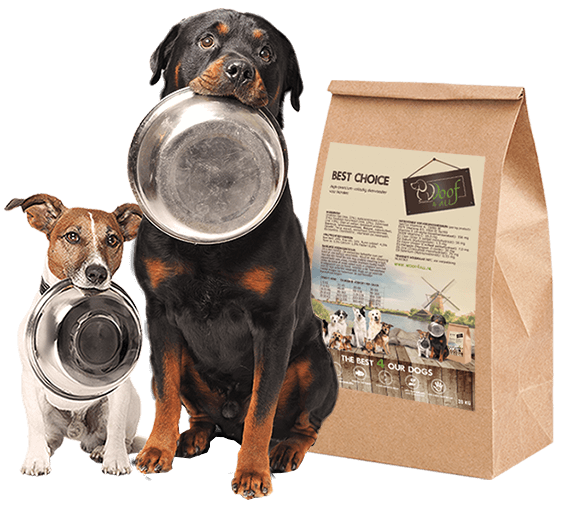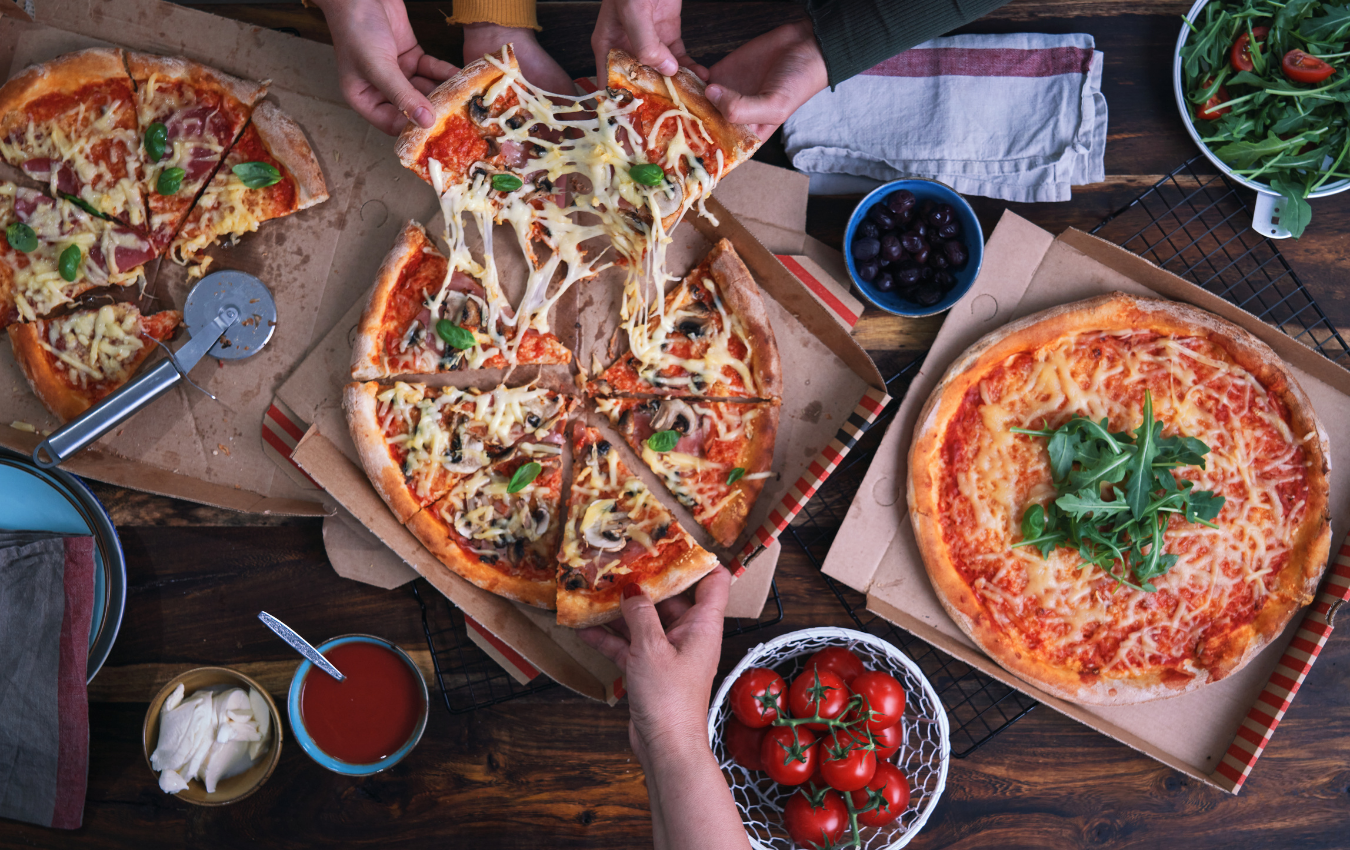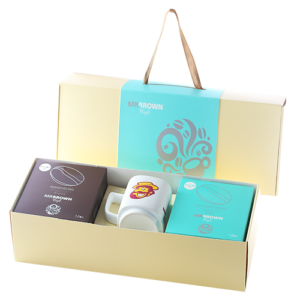Home » Transitioning from Standard to Custom Packaging: A Business Guide
Transitioning from Standard to Custom Packaging: A Business Guide

Transitioning from off-the-shelf packaging to custom solutions is a significant milestone for many businesses. This shift not only aligns packaging more closely with brand identity but also enhances customer engagement and can streamline supply chain operations. This blog post will guide businesses through the strategic approach to moving from generic, off-the-shelf packaging to bespoke, custom-designed packaging solutions.
Understanding the Shift to Custom Packaging
Custom packaging offers a unique opportunity for branding, providing a tangible connection between the product and the customer. It’s a move from one-size-fits-all solutions to packaging that speaks directly to your brand’s ethos and your customer’s expectations.
Assessing Current Packaging Solutions
Begin by evaluating your current packaging:
- Identify Shortcomings: Consider where off-the-shelf options may fall short in terms of size, material, durability, or branding potential.
- Customer Feedback: Utilize customer feedback to understand how your current packaging is perceived and what improvements are desired.
Defining Your Custom Packaging Objectives
Clearly outline what you aim to achieve with custom packaging:
- Brand Alignment: Ensure your packaging reflects your brand’s image, values, and market position.
- Enhancing Customer Experience: Consider how your packaging can improve the unboxing experience or offer added convenience.
Budget Considerations for Custom Packaging
Transitioning to custom packaging typically involves a higher upfront investment:
- Comprehensive Cost Analysis: Factor in design, production, storage, and potential waste costs.
- Investment vs. ROI: Balance the initial costs against the potential return on investment, including brand enhancement and customer satisfaction.
Designing Your Custom Packaging
The design phase is crucial in custom packaging:
- Hire a Professional Designer: Consider engaging a packaging designer or agency with expertise in your industry.
- Material Choices: Select materials that align with your brand values, product needs, and sustainability goals.



Prototyping and Testing
Before mass production, develop and test prototypes:
- Create Prototypes: Build samples of your custom packaging for a hands-on evaluation.
- Conduct Testing: Test these prototypes for functionality, durability, and customer appeal, refining the design as needed.
Choosing a Manufacturing Partner
Partnering with the right manufacturer is key:
- Research and Selection: Look for manufacturers with a track record in custom packaging solutions.
- Evaluate Capabilities: Ensure they can meet your quality requirements, production timelines, and offer flexibility for order volumes.

Implementing a Gradual Rollout
A phased approach can help in a smooth transition:
- Inventory Management: Strategically manage existing packaging stocks to phase them out.
- Marketing and Communication: Use the rollout as an opportunity to reinforce your brand message and inform customers about the new packaging.
Gathering Feedback and Making Adjustments
Continuous improvement is essential:
- Customer Insights: Regularly solicit customer feedback on the new packaging.
- Adapt Based on Feedback: Be prepared to make adjustments in response to customer insights and market changes.
If you are interested in transitioning your packaging from stock to custom, then partner with Brown Packaging today to get started.
RSC boxes are known for their efficiency and versatility, but their performance ultimately comes down to strength. Buyers often see numbers like ECT, BCT, and
In packaging, foam isn’t just about initial protection — it’s about maintaining performance over the entire shipping or storage cycle. Compression set and recovery characteristics
Pouches are a go-to for flexibility and convenience, but they can fail in critical ways—from poor seals to punctures and delamination—that hurt performance and brand
In the retail environment, the placement of Point of Purchase (POP) displays is just as critical as their design and content. Strategic positioning can significantly
Choosing the right foam density isn’t about “soft” versus “hard” — it’s about controlling shock transmission and matching the foam’s cushioning curve to the product’s
Moisture resistance and dimensional stability are critical performance factors for custom inserts, especially when products are shipped or stored in variable climates. Both foam and
Home » Transitioning from Standard to Custom Packaging: A Business Guide

Sustainability in pet food packaging is not just about recyclability—it’s about reducing environmental impact across the entire lifecycle. For products with high barrier needs like

When it comes to pouch packaging, the material and finish play a crucial role in the overall functionality, aesthetics, and consumer appeal of the product.

When it comes to delivering the beloved and delicious treat that is pizza, the packaging plays a crucial role. The right pizza box not only


